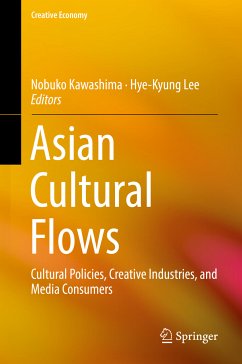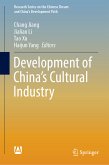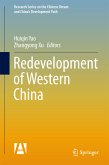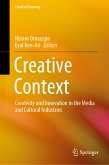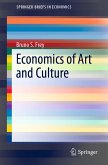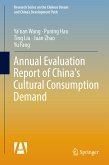This book investigates economic, political, and cultural conditions that have led to transnational flows of culture in Asia. Coverage also looks at the consequences of an increasingly interconnected Asian regional culture as well as policy makers and cultural industries' response to it. The book features essays written by researchers from different countries in Asia and beyond with diverse disciplinary backgrounds. The volume also contains engaging examples and cases with comparative perspectives.
The contributors provide readers with grounded analysis in the organizational and economic logics of Asian creative industries, national cultural policies that promote or hinder cultural flows, and the media convergence and online consumers' surging demand for Asianized cultural products. Such insights are of crucial importance for a better understanding of the dynamics of transnational cultural flows in contemporary Asia. In addition, the essays aim to "de-westernize" the study of cultural and creative industries, which draws predominantly on cases in the United States and Europe. The contributors focus instead on regional dynamics of the development of these industries.
The popularity of J-Pop and K-Pop in East and Southeast Asia (and beyond) is now well known, but less is known about how this happened. This volume offers readers theoretical tools that will help them to make better sense of those exciting phenomena and other rising cultural flows within Asia and their relevance to the global cultural economy.
The contributors provide readers with grounded analysis in the organizational and economic logics of Asian creative industries, national cultural policies that promote or hinder cultural flows, and the media convergence and online consumers' surging demand for Asianized cultural products. Such insights are of crucial importance for a better understanding of the dynamics of transnational cultural flows in contemporary Asia. In addition, the essays aim to "de-westernize" the study of cultural and creative industries, which draws predominantly on cases in the United States and Europe. The contributors focus instead on regional dynamics of the development of these industries.
The popularity of J-Pop and K-Pop in East and Southeast Asia (and beyond) is now well known, but less is known about how this happened. This volume offers readers theoretical tools that will help them to make better sense of those exciting phenomena and other rising cultural flows within Asia and their relevance to the global cultural economy.
Dieser Download kann aus rechtlichen Gründen nur mit Rechnungsadresse in A, B, BG, CY, CZ, D, DK, EW, E, FIN, F, GR, HR, H, IRL, I, LT, L, LR, M, NL, PL, P, R, S, SLO, SK ausgeliefert werden.

